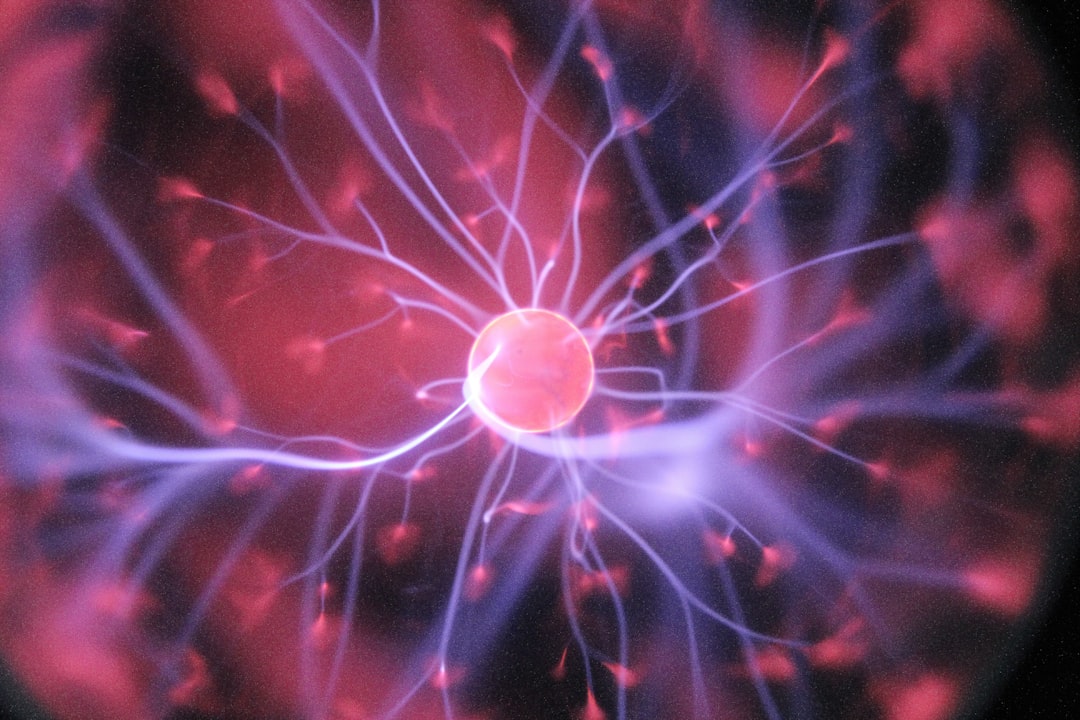What is it about?
An aerated horizontal subsurface flow treatment wetland is a simple technology to treat wastewater by means of natural occuring processes. These processes are mainly microbiological. In an aerated wetland air is injected to enhance the microbiological processes. This study uses a computer simulation to investigate what happens when the air injection stops for several days and how this affects the treatment efficacy of this technology.
Featured Image

Photo by Eric Muhr on Unsplash
Why is it important?
For a reliable wastewater treatment it is important to know the limits of certain wastewater treatment technologies and their behavior in unexpected situations or during potential failures in operation. The air injection in aerated wetlands are susceptible to power shortages or air blower failure, however, this study shows that treatment performance under air injection failure can be maintained at a reasonable level.
Perspectives
Computer simulation studies of wastewater treatment technologies such as this one can help to increase knowledge on "what happened" and can be used to identify critical phenomena and/or parameters for more detailed studies later on. Studying the treatment performance during operational failure or extreme situations are essential to truly identify the usefulness of a certain wastewater treatment technology and to assess their impact on receiving water bodies.
johannes boog
Read the Original
This page is a summary of: Modeling dynamics of organic carbon and nitrogen removal during aeration interruption in aerated horizontal flow treatment wetlands, Water Science & Technology, August 2019, IWA Publishing,
DOI: 10.2166/wst.2019.304.
You can read the full text:
Resources
Modeling the relationship of aeration, oxygen transfer and treatment performance in aerated horizontal flow treatment wetlands
publication of the development of the computer simulation model used
Resilience of carbon and nitrogen removal due to aeration interruption in aerated treatment wetlands
publication of the experimental data used for model calibration
Contributors
The following have contributed to this page










